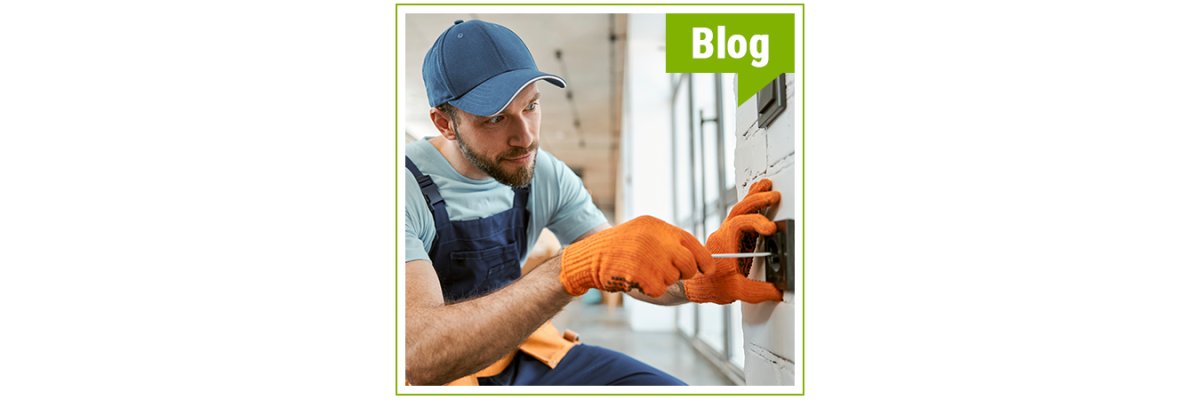How to avoid the 5 most common mould mistakes
How mould can be avoided
A snack with a good wine, freshly baked bread and a nice piece of Camembert or Roquefort. Living like God in France. But what does that have to do with mould? Cultures of mould are used for Roquefort (Penicillium roqueforti) and Camembert (Penicillium camemberti), so they are deliberate and not harmful to humans.
The situation is different with the mould Stachybotrys, for example, it is not wanted, it is highly toxic and is found on walls, ceilings, in fact it can occur anywhere where it finds good conditions to live. So we need to clarify what are good conditions.
Moulds need two main components to develop, maintain and grow. Water and organic nutrients, i.e. carbon compounds. That's all it needs. Organic nutrients, i.e. paper wallpaper, for example, are a very good food base for mould. But silicone seals, like those we find on windows, are also ideal breeding grounds, because mould gets exactly what it needs here. A combination of condensate (= moisture/water) plus silicone (= carbon). This is why an infestation of various moulds is often found in the bathroom. Damp air, hair and dandruff, soap films to which organic substances adhere and house dust, the perfect basis to promote growth. But how can we prevent the growth of mould?


The 5 most common mistakes
Mistake 1: Incorrect and too little ventilation/heating
Ventilation is important because it removes excess moisture to the outside, even in winter or when it rains. The importance of proper ventilation is often underestimated. You should avoid leaving the window in the tilt position all the time, as this takes a long time to exchange moisture. It is better to open the window fully several times for a few minutes.
Mistake 2: Not keeping an eye on relative humidity
We often feel uncomfortable at a relative humidity of 60% or more. It has been scientifically proven that the optimal relative humidity is between 40 and 60%. Mould, on the other hand, grows well at a relative humidity of 70-80% on the surfaces of materials. Or in places that are actually wet, such as window corners, where water condenses.
Mistake 3: Avoid thermal bridges
Thermal bridges are places through which more heat escapes from the building to the outside than through adjacent surfaces. The inside surface is cooler, which favours the formation of moisture and thus also the possible formation of mould. Corners are often where the thermal bridge effect occurs. Unfortunately, it is not always possible to avoid corners, so one should pay all the more attention to the mistakes already mentioned and consistently pursue their avoidance. We also offer a mould stop mat for this purpose.
Mistake 4: Well-intentioned, poorly thought-out.
Installing new windows in an old building does not always lead to a good result. Anyone who integrates new windows into an old building should be aware that the windows are the tightest part of the wall, at least as far as moisture circulation is concerned.
Window reveals should be additionally insulated so that water vapour does not condense in the corners of the windows or in the reveals. In addition, regular ventilation is also necessary here. If condensation does form, it must be wiped off regularly.
Mistake 5: Keep an eye on wet rooms
Not only can the silicone joint itself become mouldy, in the course of time the silicone can become loose and leak. In wet rooms, we therefore speak of maintenance joints; they may need to be renewed so that water cannot penetrate the wall structures.
Leaky fittings can also cause extensive damage. If the problem is not recognised, it can lead to moisture penetration of the walls, which continues insidiously. This can go so far that entire rooms are no longer habitable.

 Deutsch
Deutsch




